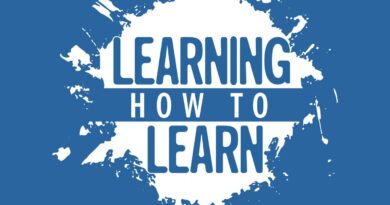How Digital Devices and social Media Impact Children’s Academic Success
In today’s interconnected world, the allure of digital devices and social media can often overshadow their potential downsides, particularly when it comes to children’s academic progress. As an advocate for balanced technology use in education, I’ve witnessed firsthand both the pitfalls and the potential of integrating digital tools into learning environments. From lost homework buried in virtual folders to the distracting allure of social media notifications during study time, the challenges are real yet often laced with humour and valuable life lessons.
Imagine a classroom where tablets and laptops promise to revolutionize learning, yet inadvertently become tools of procrastination. Tommy, once an eager learner, now finds himself engrossed in the latest gaming sensation rather than focusing on his assignments. Meanwhile, Emily navigates the tricky terrain of social media, caught between the allure of likes and the pressure to stay connected, often at the expense of completing her school projects.
Beyond the classroom, at home, the story continues. Parents, striving to support their children’s education, sometimes inadvertently contribute to the problem. “Just a quick game before bed,” they say, only to find bedtime stretched well past midnight as Minecraft worlds are conquered and digital quests are completed.
However, amidst these challenges lie opportunities for growth and improvement. It’s essential to strike a balance, encouraging the use of digital devices for educational purposes while fostering habits that prioritize learning over leisure. For instance, interactive educational apps can turn learning into an engaging adventure, blending knowledge acquisition with digital play. Virtual study groups can harness the power of connectivity to facilitate collaborative learning experiences, preparing children for a future where digital literacy is paramount.
Moreover, harnessing technology for academic success extends beyond mere usage—it requires thoughtful integration and parental guidance. Establishing screen time limits, creating tech-free zones for study and sleep, and openly discussing the pitfalls of excessive digital consumption are all steps toward cultivating a healthy relationship with technology.
In conclusion, while digital devices and social media undoubtedly present challenges to children’s academic progress, they also offer immense potential for learning and growth when used purposefully. By navigating the pitfalls with humour, wisdom, and a proactive approach, we can empower our children to leverage technology as a tool for academic achievement rather than a hindrance. Let’s embrace the opportunities technology affords while safeguarding the essence of childhood learning—one byte at a time.



